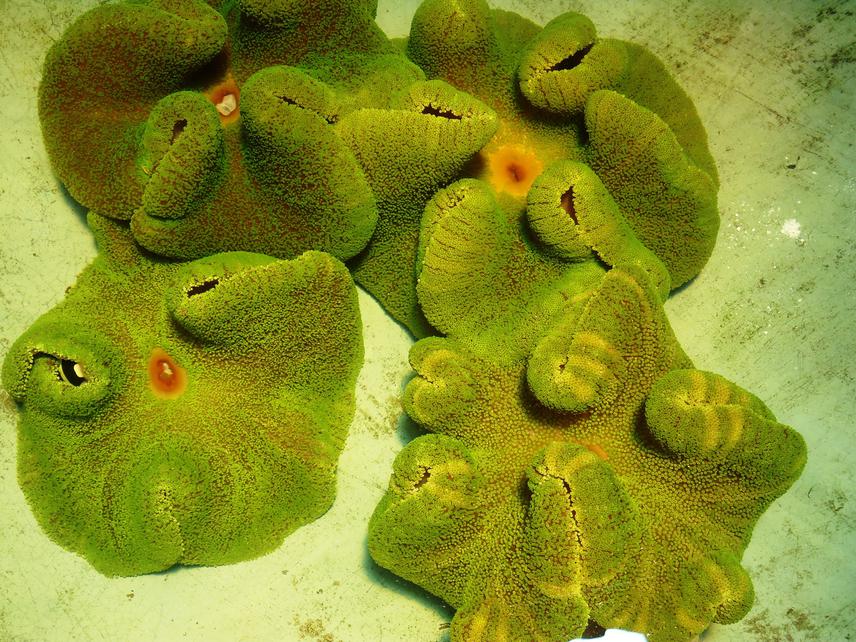Prakash Sanjeevi
The project aims to study the perception and attitude of fishermen towards the trade and conservation of marine ornamental fishes and invertebrates, identifying key fishing zones and market discrepancies from collectors to hobbyists in the Gulf of Mannar region.

Sea anemone.
The aquarium trade faces unwarranted threats from global climate change and other anthropogenic stressors such as intensive and destructive fishing, which have also weakened the coastal ecosystems. It is estimated that from oceans to aquarium, up to 80% of the traded animals die during capture, shipment and handling. The poor endurance of marine ornamentals through the chain of custody, and collection of wild specimens for aquarium trade, urges researchers to find solutions to make this trade a more sustainable practice. Considering these pressures faced by the ornamental resources, it is vital to investigate, monitor and to develop management strategies to ensure its sustainability.
Till date, the tropical marine ornamentals resources that contribute to the aquarium trade are directly netted from the coral reefs and long-term sustainability of these resources is still a controversial aspect. In India, Marine ornamental trade is an emerging enterprise to generate income for local communities living close to coral reefs. Based on the requirement of safe exploitation of these resources from the Gulf of Mannar, the major objectives are proposed below:
- To understand socio-economic status of local communities, their perception and attitude towards the marine ornamental trade and its conservation
- To identify the key fishing zones and to establish no fishing zones or ornamental reserves and eco-friendly collection methods with the help of state governments
- To find out the market value, supply of marine ornamentals, diversity, and population
The outcome of this contribution will provide baseline data on the collection and supply of marine ornamental fishes and invertebrates to the domestic aquarium trade. The project will help to understand the socio-economic status of fishermen communities and their role in conservation of marine ornamental resources. It also provides better platform to design appropriate conservation measures for the threatened or targeted species.